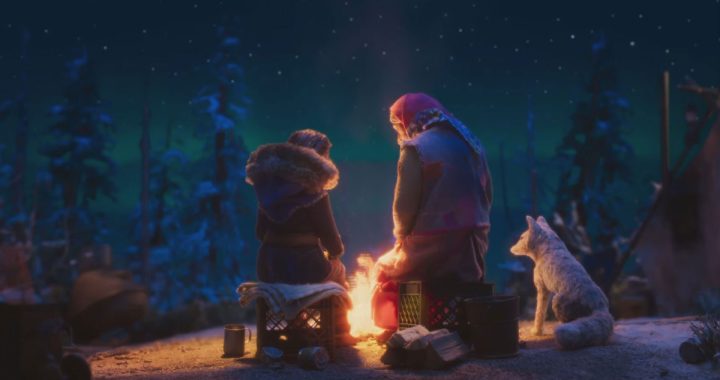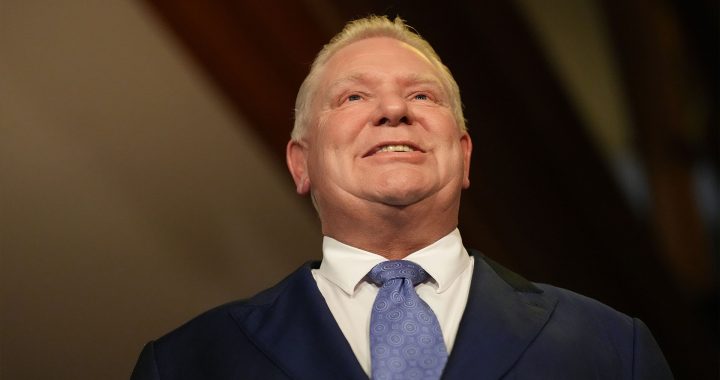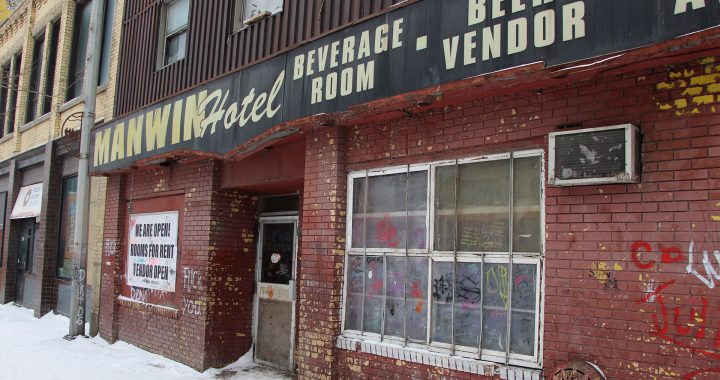More than 300 First Nation Land Guardians are in Ottawa discussing how to push their programs forward.
It’s the first time in four years the different guardian groups have met.
Isaak Lachapelle-Gill, 23, from the Odanak First Nation started working as a land guardian six months ago. He said he’s eager to learn what he can at the conference.
“I’m trying to claim the land as our own, as it used to be and protect it as we used to do thousands of years ago and just take back this role, that we kind of lost on the way,” he said.
There are more than 120 First Nations Guardians now operating across the country. Just five years ago there were only 30.
The program got a boost of $173 million “to support new and existing Indigenous Guardians initiatives and the development of Indigenous Guardians Networks for First Nations, Inuit, and Métis.”
According to the government, the “Guardians initiatives reconnect Indigenous Peoples to the lands, waters, and ice of their traditional territory. This connection leads to profound benefits for both nature and the humans that rely on it. These benefits span across generations—healing communities, creating opportunities for youth, and engaging Elders for their guidance.”
Marie-Philippe Menard runs a youth program in her Innu community of Nutashquan, located on the northern coast of the St. Lawrence River. It teaches guardianship of the land, how to monitor the land and water.
Menard said there are 12 communities that applied for the program.
“They engage their communities and they also go directly on the lands and see if there’s an oil spill, they are the eyes and ears of the territory,” she said.
Iris Catholique, born and raised on her Dene Territory in the Northwest Territories, she said she was born a land guardian.
Catholique is the manager of a newly established Indigenous protected area that spans more than 26,000 square kilometres.
The Ni’Hat’ni Dene guardians keep watch over the large swath of land and Catholique is hoping their success will inspire other First Nations to get involved in the guardian program.
She said it’s a step in the right direction for the environment and for reconciliation.
“For a long time, Canada has been in charge of what happens within all our indigenous protected areas, now Indigenous people from all across Canada have a voice and if anything, Ni’Hat’ni Dene is where I work, where I live, where I’m from, it shows the world you can have equal footing with the governments that be,” she said.










